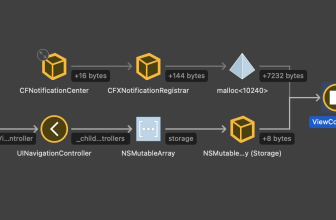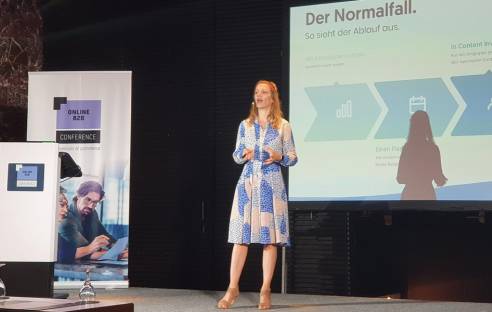Banks versus FinTech: who will win and what role does MLOps play in this confrontation? […]

For 50 years, banks have used statistical models to facilitate lending decisions. Today, almost every process in banking is connected to real-time big data analytics. However, the decisions made on the basis of models are far from perfect, and the model of operation management is one of the big problems for banks. How can MLOps help solve this problem? But first, what exactly is MLOps?
What is MLOps?
Machine Learning Ops (or Model Ops)is a variant of DevOps. While DevOps focuses on process optimization when developing an application, MLOps thinks about analytics. In addition to influencing predictive analytics, MLOps enables smooth, continuous and efficient model development and model start-up.
Due to the rapid adoption of artificial intelligence and machine learning, new models are also emerging rapidly. While many organizations recognize the importance of developing a data culture, with continuous digital transformation, working with models is complex and the risk of error is high.
The MLOps team helps develop communication between data scientists, data engineers, application owners, and infrastructure owners. In addition, MLOps coordinates corresponding transfers and execution, so that models can switch to the so-called “last mile”.
Workflow automation, version control, further development, compute resource management, monitoring, scaling and setting are the tasks of MLOps.
Who needs MLOps?
For many years, large banks have been using the approaches of model analysis. But at the same time, the models are constantly changing. Old models are replaced by new and different units use different methods, tools, and methods to control the life cycle of the model.
As a rule, banks isolate financial data in repositories from departments. Outstaffing Working with models follows the same principle. A model that calculates the risk in the mortgage loan can overlook data about the same person in the personal loans department. Therefore, the model will not be able to take into account that the client already has a large loan, and thus will not make the best decision.
In addition, the introduction of new models at a large bank may take an unreasonably long time, since such organizations are less flexible. The use of a new model can take several months. According to Gartner, less than half of the developed models will be launched on the market.
Young small banks and FinTech companies find it easier to organize flexible working with analytical models. In addition, they do not attract the attention of regulators, since the volume of their business activity does not have a significant impact on the economy.
But as the company grows, so does the regulatory burden. In the long run, intuitive model management will not work. In order to compete with large companies in the financial market, young banks need to strengthen their management and optimize their processes.
What is the complexity of managing models
To solve a problem quickly and effectively, one should first understand its essence. Ironically, with banks and analytical models, the problem is people.
On the one hand, data science is based on data analysis and aims to improve the efficiency of business processes through information management. On the other hand, there is a technical implementation that should provide a robust solution within regulatory and business constraints. The two systems work differently, move at different speeds and have different local targets.
Only in a relatively short time have the spread of cloud technology and the introduction of devops technology made it possible to create synergies between the two systems. For example, cloud can be used to keep the model lifecycle independent of a particular department. In addition, modern DevOps tools offer the possibility of interaction between data scientists and technical specialists.
The Future of MLOps
Regardless of who is more successful in the confrontation “banks versus FinTech companies”, MLOps will play an important role in the development of the industry in the coming years.
Almost all financial institutions are now fighting inactive model management, especially slow, inefficient deployments. According to a McKinsey study, only 6% of companies actively use AI for decision-making, and less than 15% have an IT infrastructure to support model deployment.
At Andersen, we actively support DevOps in its integration into development processes and have expertise in working with AI and data science. In addition to FinTech, we also develop solutions for eCommerce, healthcare and other industries
*Valeria Batalka is a Marketing Specialist at Andersen.













